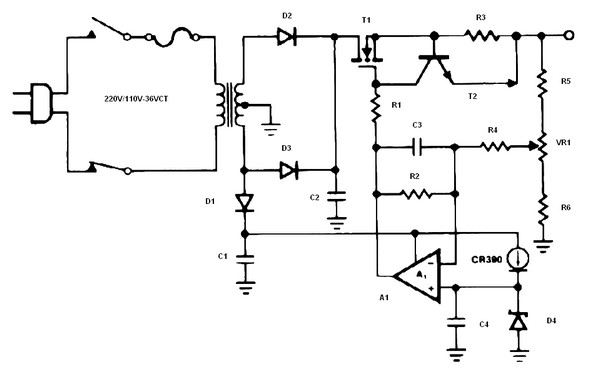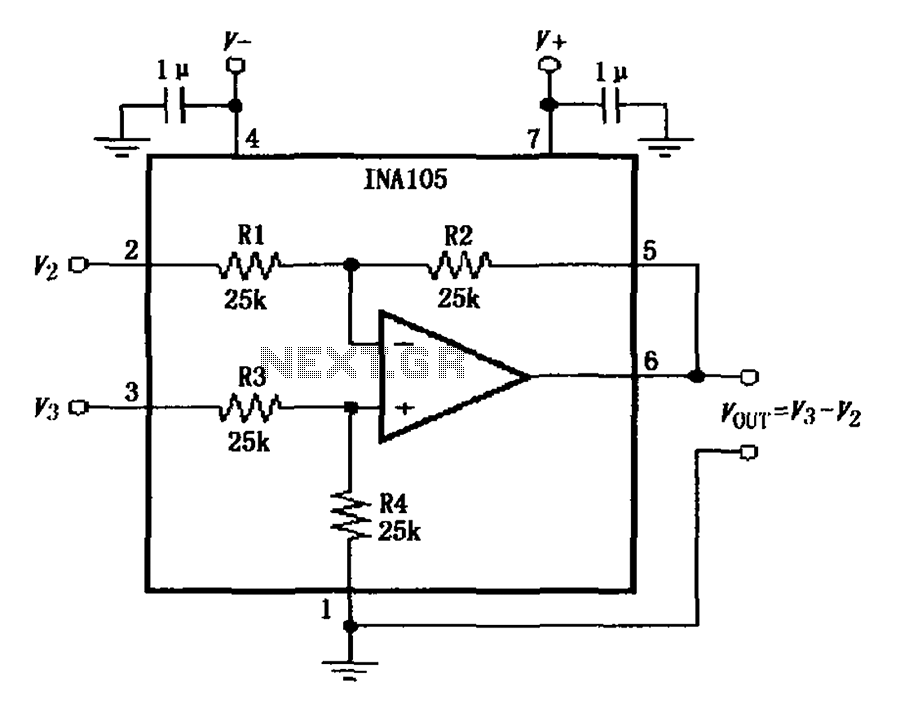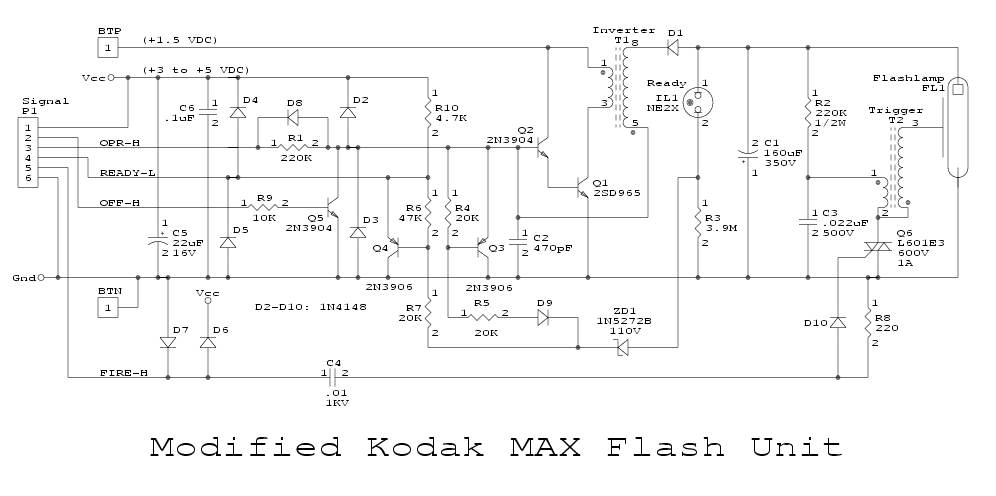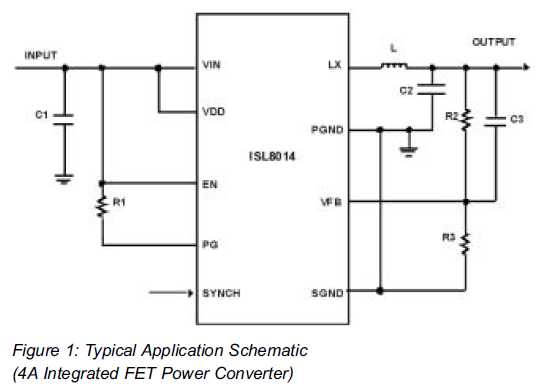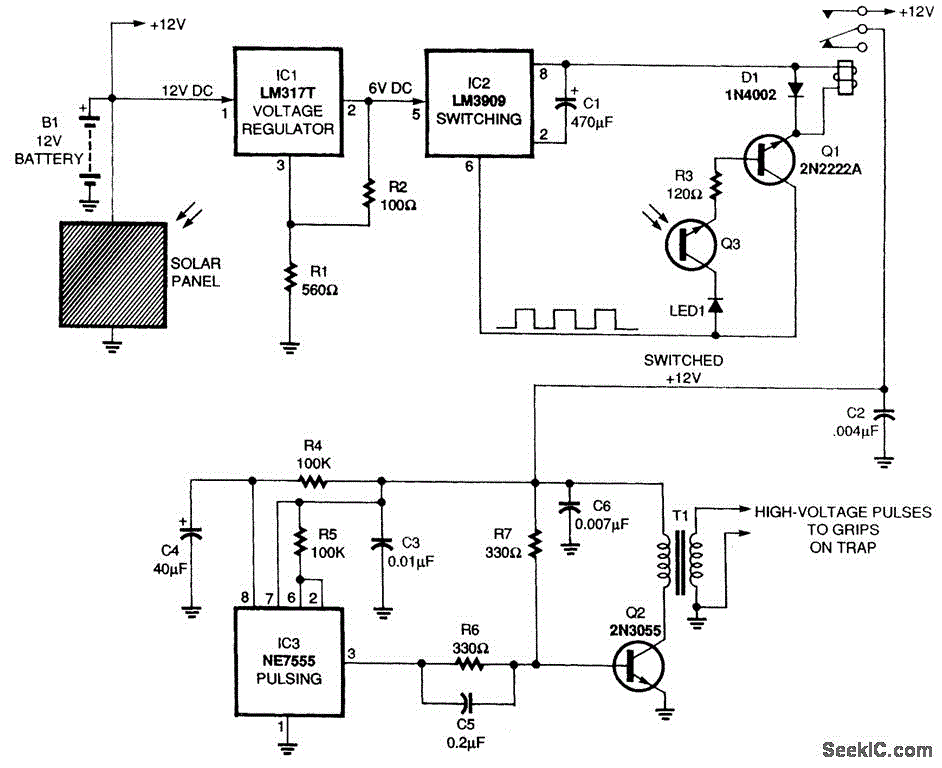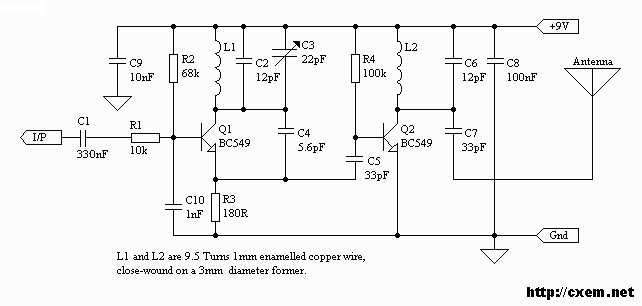
Pedalboard Power Supply
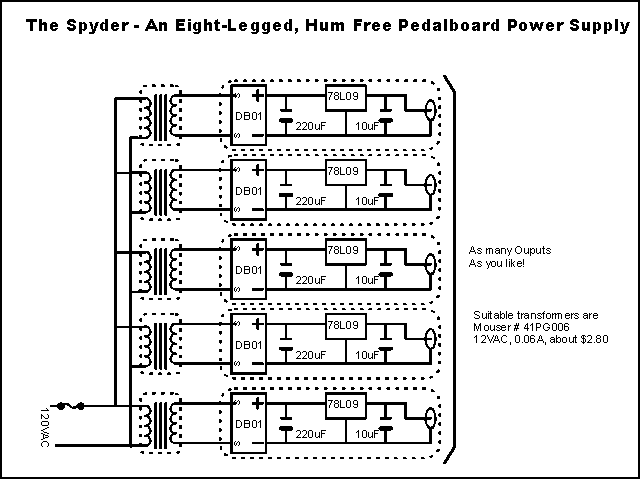
Each of these ways have their own advantages and disadvantages. The multiple transformer way is easy to start small and work up to only as many power supplies as you need. It does, however, get more expensive as the number of supply outputs goes up. Suitable transformers are a bargain at Mouser, as #41PG006 is a 12V/0.06A transformer for under US$3.00. If you really, truly need only three power outputs, then the $9.00 for the three transformers is fine. More: You can wind up your own transformer from a flat-pack transformer using the instructions at the end of this article, and that may be a very cheap way to do this if you can find a flat pack transformer cheap or for free. The secondary voltages don`t m
The described circuit involves the use of multiple transformers to create various power supply outputs. This approach provides flexibility in scaling the number of outputs according to the specific needs of a project. Each transformer can be connected to a different load, allowing for customized voltage and current ratings. The transformer model #41PG006, which offers a 12V output at 0.06A, serves as an economical choice for small applications, priced under $3.00.
When utilizing multiple transformers, it is essential to consider the cost implications, as adding more transformers increases the overall expense. For applications requiring only three outputs, investing in three of these transformers for a total of $9.00 may be justified.
Additionally, the option to wind a custom transformer from a flat-pack transformer can significantly reduce costs, particularly if a suitable flat-pack transformer is sourced inexpensively or obtained for free. This method involves following specific winding instructions to achieve the desired secondary voltages and current ratings. However, it is crucial to ensure that the winding process is carried out with precision to avoid issues such as voltage imbalance or inefficiency in power delivery.
Overall, the choice of using multiple transformers or creating a custom transformer depends on the specific requirements of the application, budget constraints, and the availability of components. Proper planning and consideration of both the advantages and disadvantages of these approaches will lead to optimal power supply solutions.Each of these ways have their own advantages and disadvantages. The multiple transformer way is easy to start small and work up to only as many power supplies as you need. It does, however, get more expensive as the number of supply outputs goes up. Suitable transformers are a bargain at Mouser, as #41PG006 is a 12V/0.06A transformer for under US$3.00.
If you really, truly need only three power outputs, then the $9.00 for the three transformers is fine. You can wind up your own transformer from a flat-pack transformer using the instructions at the end of this article, and that may be a very cheap way to do this if you can find a flat pack transformer cheap or for free. The secondary voltages don`t m 🔗 External reference
The described circuit involves the use of multiple transformers to create various power supply outputs. This approach provides flexibility in scaling the number of outputs according to the specific needs of a project. Each transformer can be connected to a different load, allowing for customized voltage and current ratings. The transformer model #41PG006, which offers a 12V output at 0.06A, serves as an economical choice for small applications, priced under $3.00.
When utilizing multiple transformers, it is essential to consider the cost implications, as adding more transformers increases the overall expense. For applications requiring only three outputs, investing in three of these transformers for a total of $9.00 may be justified.
Additionally, the option to wind a custom transformer from a flat-pack transformer can significantly reduce costs, particularly if a suitable flat-pack transformer is sourced inexpensively or obtained for free. This method involves following specific winding instructions to achieve the desired secondary voltages and current ratings. However, it is crucial to ensure that the winding process is carried out with precision to avoid issues such as voltage imbalance or inefficiency in power delivery.
Overall, the choice of using multiple transformers or creating a custom transformer depends on the specific requirements of the application, budget constraints, and the availability of components. Proper planning and consideration of both the advantages and disadvantages of these approaches will lead to optimal power supply solutions.Each of these ways have their own advantages and disadvantages. The multiple transformer way is easy to start small and work up to only as many power supplies as you need. It does, however, get more expensive as the number of supply outputs goes up. Suitable transformers are a bargain at Mouser, as #41PG006 is a 12V/0.06A transformer for under US$3.00.
If you really, truly need only three power outputs, then the $9.00 for the three transformers is fine. You can wind up your own transformer from a flat-pack transformer using the instructions at the end of this article, and that may be a very cheap way to do this if you can find a flat pack transformer cheap or for free. The secondary voltages don`t m 🔗 External reference
Warning: include(partials/cookie-banner.php): Failed to open stream: Permission denied in /var/www/html/nextgr/view-circuit.php on line 713
Warning: include(): Failed opening 'partials/cookie-banner.php' for inclusion (include_path='.:/usr/share/php') in /var/www/html/nextgr/view-circuit.php on line 713
